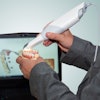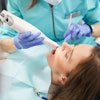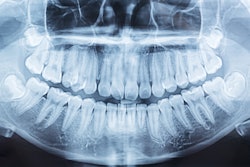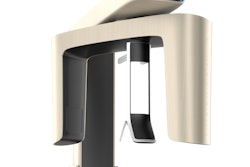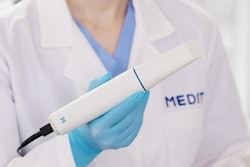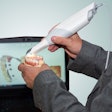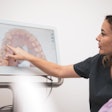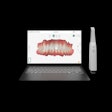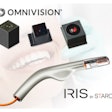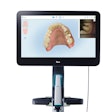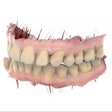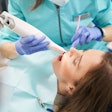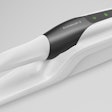Taking intraoral photos during prenatal visits along with a teledental visit may close the care gap for underserved pregnant women, according to research presented at the International Association for Dental, Oral, and Craniofacial Research (IADR) General Session & Exhibition.
Also, training community healthcare workers to capture viable diagnostic images and use electronic medical and dental records may help establish a strong collaboration between prenatal and oral healthcare workers who serve underserved communities, according to an IADR press release about the research presented by Dr. Nisreen Al Jallad, of the Eastman Institute for Oral Health in Rochester, NY, at IADR in March in New Orleans.
Between April and September 2023, healthcare workers used intraoral cameras to take photos of the teeth of 150 pregnant women during routine prenatal visits. Then, the images were sent to a dentist. After the dentist assessed the images and discussed the findings during teledentistry visits, the women were triaged for in-person visits.
Screenings revealed that 72% of the women had serious dental issues, including broken teeth and severe gum bleeding with an average of more than two (±2.5) decayed teeth. Triaging the patients successfully led to treatment for extraction, pulpectomies, scaling and root planing, and restorations during their first office visits, according to the results.
Additionally, dentists found healthcare workers were competent in capturing diagnostically useful photos, the researchers noted. Of the images taken, 73% of the total photos, 84% of the front-teeth photos, and 91% of occlusal arch photos were deemed diagnostically useful.
However, they experienced challenges in taking images of posterior teeth, with diagnostic rates of 80% for the buccal side of the premolars and molars and 73% for occlusal surfaces. Finally, diagnostic rates were 84% for buccal sides and 64% for occlusal surfaces, according to the release.
“Oral health screening outside of the dental office by CHWs (community health workers) holds promise for improving access and utilization of prenatal dental care among underserved population,” Al Jallad et al wrote.
